Home>Gardening & Outdoor>Landscaping Ideas>How To Keep Grass From Dying In Heat
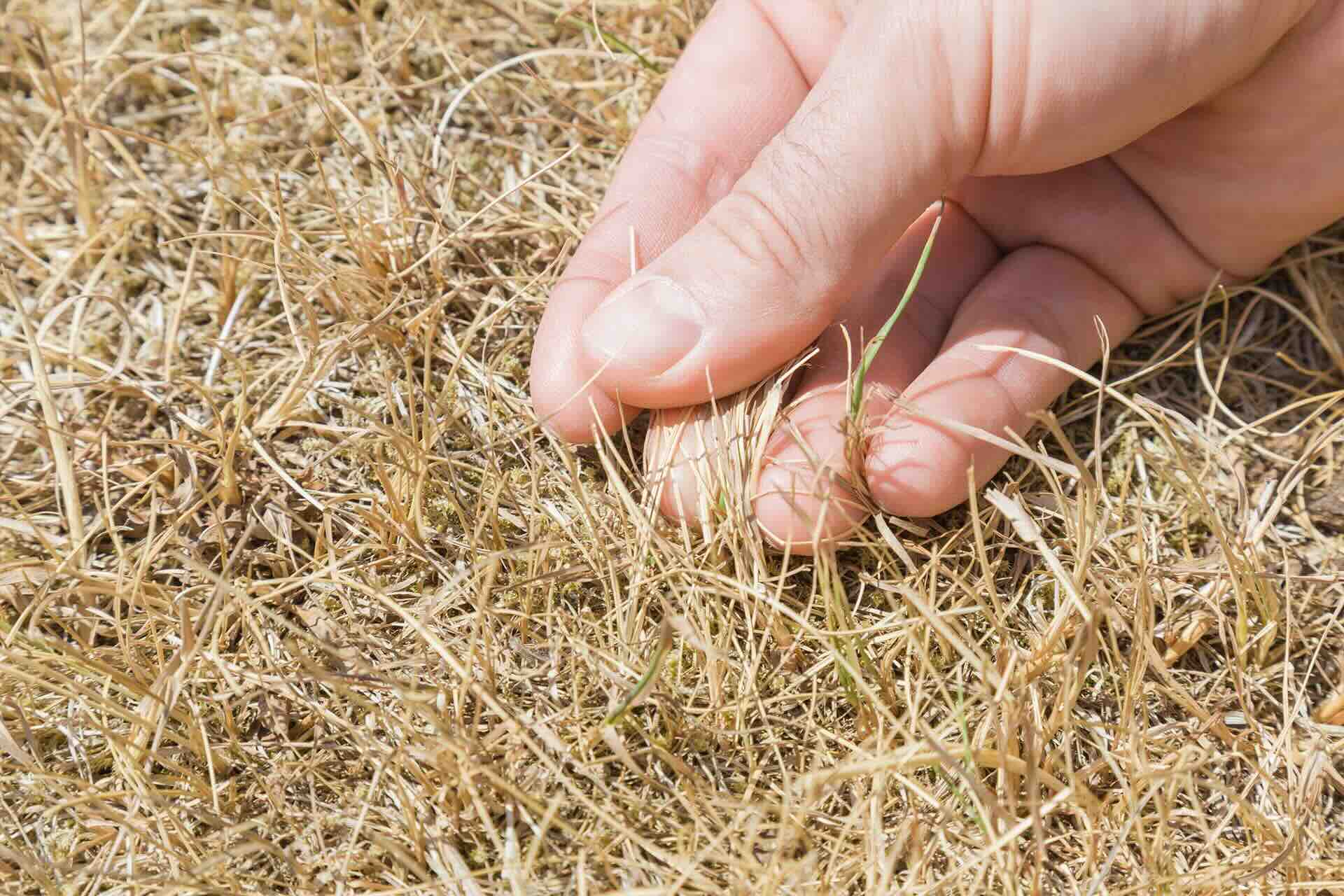

Landscaping Ideas
How To Keep Grass From Dying In Heat
Modified: March 25, 2024
Discover effective landscaping ideas to prevent grass from dying in the heat. Learn how to maintain a lush, green lawn during hot weather with these expert tips.
(Many of the links in this article redirect to a specific reviewed product. Your purchase of these products through affiliate links helps to generate commission for Storables.com, at no extra cost. Learn more)
Introduction
Welcome to the ultimate guide on maintaining a lush, green lawn even in scorching heat! As the summer sun beats down, it’s crucial to understand how to protect your grass from the detrimental effects of high temperatures. With the right knowledge and techniques, you can ensure that your lawn remains healthy and vibrant throughout the hottest months of the year.
In this comprehensive article, we will delve into the various factors that contribute to grass deterioration in hot weather and explore effective strategies to combat these challenges. From selecting the most suitable type of grass for your region to implementing proper watering and maintenance practices, we will cover everything you need to know to keep your lawn thriving despite the heat.
So, if you’re ready to equip yourself with the essential tips and insights for preserving your grass in the midst of summer’s sweltering conditions, let’s dive in and discover the secrets to preventing your grass from succumbing to the heat!
Key Takeaways:
- Choose heat-tolerant grass like Bermuda or Zoysia for a lush lawn in hot regions. Consider soil type and water availability for the best results.
- Water deeply in the morning, adjust mowing height, and use shade and mulch to protect grass from heat stress. These strategies help maintain a vibrant lawn even in scorching temperatures.
Read more: How To Protect Grass From Heat
Understanding the Effects of Heat on Grass
Before delving into the strategies for safeguarding your grass from heat-related damage, it’s important to grasp the specific ways in which high temperatures can impact your lawn. When the mercury rises, grass undergoes a series of stressors that can compromise its health and appearance.
One of the primary consequences of heat on grass is increased water evaporation from the soil. As the sun beats down relentlessly, the moisture within the soil evaporates at a heightened rate, leaving the grass roots deprived of the essential hydration they require to thrive. This can lead to wilting, browning, and overall weakening of the grass, making it more susceptible to diseases and pest infestations.
Furthermore, intense heat can disrupt the natural processes of photosynthesis and respiration in grass plants. Excessive heat can impede the plant’s ability to produce energy through photosynthesis, resulting in reduced growth and vitality. Additionally, the heightened temperatures can accelerate the rate of respiration, causing the grass to use up its energy reserves more rapidly, further weakening its overall health.
Moreover, prolonged exposure to high temperatures can lead to an increase in soil compaction, which impedes the circulation of air, water, and nutrients to the grass roots. This compaction can stifle the grassroots and hinder their ability to access the essential elements necessary for growth and sustenance.
By understanding these effects of heat on grass, you can better appreciate the urgency of implementing proactive measures to shield your lawn from the detrimental impact of scorching temperatures. In the following sections, we will explore the strategies and best practices for mitigating these effects and preserving the health and beauty of your grass, even in the midst of a sweltering summer.
Choosing the Right Type of Grass
When it comes to maintaining a resilient and vibrant lawn in the face of intense heat, selecting the appropriate type of grass for your region is of paramount importance. Different grass species exhibit varying levels of heat tolerance, water requirements, and overall resilience in challenging environmental conditions.
For warm-season regions characterized by prolonged periods of high temperatures, grass varieties such as Bermuda grass, Zoysia grass, and St. Augustine grass are popular choices due to their exceptional heat tolerance and drought resistance. These grasses have evolved to thrive in hot climates, exhibiting resilience in the face of water scarcity and intense sunlight.
Conversely, in cooler climates where heat tolerance is less of a concern, cool-season grasses like Kentucky bluegrass, fescue, and ryegrass are commonly preferred. These grass varieties are better suited to moderate temperatures and ample moisture, making them ideal for regions with milder summers.
When selecting the right type of grass for your lawn, it’s essential to consider not only the prevalent climate and temperature patterns but also the specific conditions of your property, such as sun exposure, soil type, and water availability. By choosing a grass variety that aligns with the environmental factors unique to your location, you can set the stage for a healthier, more resilient lawn that can withstand the rigors of summer heat.
Furthermore, advancements in grass breeding and genetic engineering have led to the development of hybrid grass varieties that exhibit enhanced heat tolerance, disease resistance, and water efficiency. These modern grass cultivars offer homeowners a wider range of options for creating a durable and visually appealing lawn that can thrive in challenging climatic conditions.
By carefully considering the heat tolerance and water requirements of different grass species, you can make an informed decision about the most suitable type of grass for your lawn, laying the groundwork for a resilient and enduring landscape that can withstand the heat of summer and remain lush and vibrant throughout the season.
Watering Techniques for Hot Weather
Effective watering practices are crucial for preserving the health and vitality of your lawn during periods of intense heat. When temperatures soar, the risk of moisture loss from the soil and grass increases significantly, necessitating strategic and mindful watering techniques to sustain the grass’s hydration and overall well-being.
One of the key principles of watering your lawn in hot weather is to prioritize deep, infrequent watering over frequent, shallow irrigation. Deep watering encourages the development of robust and resilient grass roots that can delve deeper into the soil in search of moisture, enhancing the lawn’s ability to withstand drought and heat stress. Conversely, shallow watering can lead to the formation of shallow roots that are more susceptible to drying out and heat damage.
During periods of high heat, it’s advisable to water your lawn early in the morning to minimize water loss through evaporation. This allows the grass to absorb the moisture more effectively, providing it with the hydration it needs to endure the day’s heat. Additionally, watering in the morning reduces the risk of prolonged moisture on the grass blades, which can make the lawn more susceptible to fungal diseases in humid conditions.
When watering your lawn, it’s essential to ensure that the moisture penetrates the soil to a depth of at least 6 to 8 inches, promoting the development of deep and resilient grassroots. Monitoring the soil moisture and adjusting the watering schedule based on the specific needs of your lawn can help prevent overwatering or underwatering, both of which can compromise the grass’s health and resilience.
Implementing modern irrigation technologies, such as programmable sprinkler systems and moisture-sensing devices, can streamline the process of watering your lawn in hot weather. These tools enable you to optimize the timing and volume of irrigation, ensuring that your lawn receives the right amount of moisture precisely when it’s needed, without wastage or inefficiency.
By adopting these strategic watering techniques and embracing a mindful approach to lawn irrigation, you can fortify your grass against the adverse effects of heat, nurturing a resilient and vibrant lawn that can thrive even in the face of scorching temperatures.
Water your grass deeply and less frequently to encourage deep root growth, which helps it withstand heat. Water in the early morning or late evening to reduce evaporation. Apply a layer of mulch to retain moisture and provide shade for the soil.
Proper Mowing and Maintenance
Maintaining the optimal height for your grass through proper mowing practices is essential for fortifying your lawn against the rigors of hot weather. When temperatures soar, the way you mow and care for your grass can significantly impact its ability to withstand the stress of intense heat and maintain its health and vibrancy.
One of the fundamental principles of proper mowing in hot weather is to adjust the cutting height of your lawn mower to accommodate the increased heat and potential moisture loss. Raising the cutting height ensures that the grass blades provide greater shade and insulation for the soil, reducing water evaporation and minimizing heat stress on the grass plants.
Additionally, it’s important to adhere to the one-third rule when mowing your lawn, particularly during hot weather. This rule stipulates that you should never remove more than one-third of the grass blade’s height in a single mowing session. By following this guideline, you can avoid stressing the grass and impeding its ability to photosynthesize and withstand the challenges posed by high temperatures.
Regular maintenance tasks, such as aerating the soil and dethatching the lawn, play a pivotal role in promoting the health and resilience of your grass during hot weather. Aerating the soil enhances its capacity to retain moisture and facilitates the circulation of air, water, and nutrients to the grassroots, bolstering the lawn’s ability to withstand heat and drought. Similarly, dethatching removes the accumulation of organic debris and dead grass from the lawn, preventing moisture retention and promoting healthier grass growth.
Furthermore, incorporating organic fertilizers and soil conditioners into your lawn care regimen can provide the grass with essential nutrients and improve the soil’s water retention capacity, enhancing the lawn’s resilience in the face of heat and water scarcity. These natural amendments nourish the grass and fortify its defenses, enabling it to thrive despite the challenges posed by high temperatures.
By adhering to proper mowing practices, implementing regular maintenance tasks, and enriching the soil with organic nutrients, you can equip your lawn with the strength and vitality it needs to endure the heat of summer and emerge lush and vibrant, unscathed by the sweltering conditions.
Read more: How To Keep Chairs From Sinking In Grass
Using Shade and Mulch to Protect Grass
Employing strategic shade and mulching techniques can significantly contribute to the preservation of your grass’s health and vigor in the face of scorching heat. By harnessing natural shade and leveraging the insulating properties of mulch, you can create a more hospitable environment for your lawn, shielding it from the adverse effects of intense sunlight and heat.
Strategic landscaping and the strategic placement of trees and shrubs can provide valuable shade for your lawn, reducing the direct exposure of the grass to the sun’s rays and mitigating the risk of heat stress. By creating shaded areas within your yard, you can offer the grass respite from the relentless heat, fostering a cooler and more conducive environment for its growth and resilience.
Furthermore, the application of organic mulch around trees, shrubs, and garden beds can contribute to the conservation of soil moisture and the moderation of soil temperature, benefiting the overall health of your lawn. Mulch acts as a protective barrier, reducing water evaporation from the soil and insulating the grassroots from the extremes of heat, thereby enhancing the grass’s ability to withstand the challenges posed by high temperatures.
When using mulch to protect your grass, it’s essential to select organic materials such as wood chips, shredded bark, or compost, which decompose over time and contribute valuable nutrients to the soil. These organic mulches enrich the soil, promote microbial activity, and improve its water retention capacity, fostering a healthier and more resilient environment for your grass to thrive.
In addition to natural shade and organic mulching, the strategic positioning of outdoor furniture, umbrellas, or temporary shade structures can offer supplementary protection for your lawn during periods of intense heat. By creating shaded areas within your yard, you can mitigate the impact of direct sunlight and provide your grass with a cooler and more sheltered environment in which to flourish.
By harnessing the benefits of shade and mulch, you can create a more favorable microclimate for your lawn, shielding it from the detrimental effects of heat and promoting its health and vitality. These natural and sustainable techniques offer an effective means of fortifying your grass against the challenges of high temperatures, ensuring that it remains resilient and vibrant throughout the hottest months of the year.
Conclusion
As the sweltering heat of summer bears down on your lawn, the proactive measures and strategic approaches outlined in this guide can empower you to safeguard your grass against the adverse effects of high temperatures. By understanding the impact of heat on grass and implementing the right strategies, you can ensure that your lawn remains lush, vibrant, and resilient, even in the face of scorching conditions.
Choosing the right type of grass for your region sets the foundation for a resilient and enduring lawn, equipped to thrive in the specific climatic conditions of your area. By selecting a heat-tolerant and drought-resistant grass variety, you can fortify your lawn against the challenges posed by intense heat and water scarcity, laying the groundwork for a healthier and more resilient landscape.
Strategic watering techniques, such as deep, infrequent irrigation and early morning watering, provide your grass with the essential moisture it needs to endure the heat of summer. By adopting mindful watering practices and leveraging modern irrigation technologies, you can fortify your lawn against the risk of moisture loss and heat stress, ensuring that it remains hydrated and vibrant throughout the hottest months.
Proper mowing and maintenance practices play a pivotal role in fortifying your grass against the rigors of hot weather. By adhering to the one-third rule, adjusting the cutting height of your mower, and implementing regular maintenance tasks, you can nurture a healthier and more resilient lawn that can withstand the challenges posed by intense heat and water scarcity.
Furthermore, harnessing the benefits of shade and mulch offers valuable protection for your grass, shielding it from the detrimental effects of direct sunlight and heat. By creating shaded areas and applying organic mulch, you can foster a more hospitable environment for your lawn, enhancing its ability to withstand the challenges of high temperatures and emerge vibrant and resilient.
By integrating these strategies into your lawn care regimen, you can fortify your grass against the challenges of hot weather, ensuring that it remains healthy, vibrant, and resilient throughout the summer months. With the right knowledge and proactive measures, you can preserve the beauty and vitality of your lawn, nurturing a landscape that thrives despite the heat of summer.
Frequently Asked Questions about How To Keep Grass From Dying In Heat
Was this page helpful?
At Storables.com, we guarantee accurate and reliable information. Our content, validated by Expert Board Contributors, is crafted following stringent Editorial Policies. We're committed to providing you with well-researched, expert-backed insights for all your informational needs.
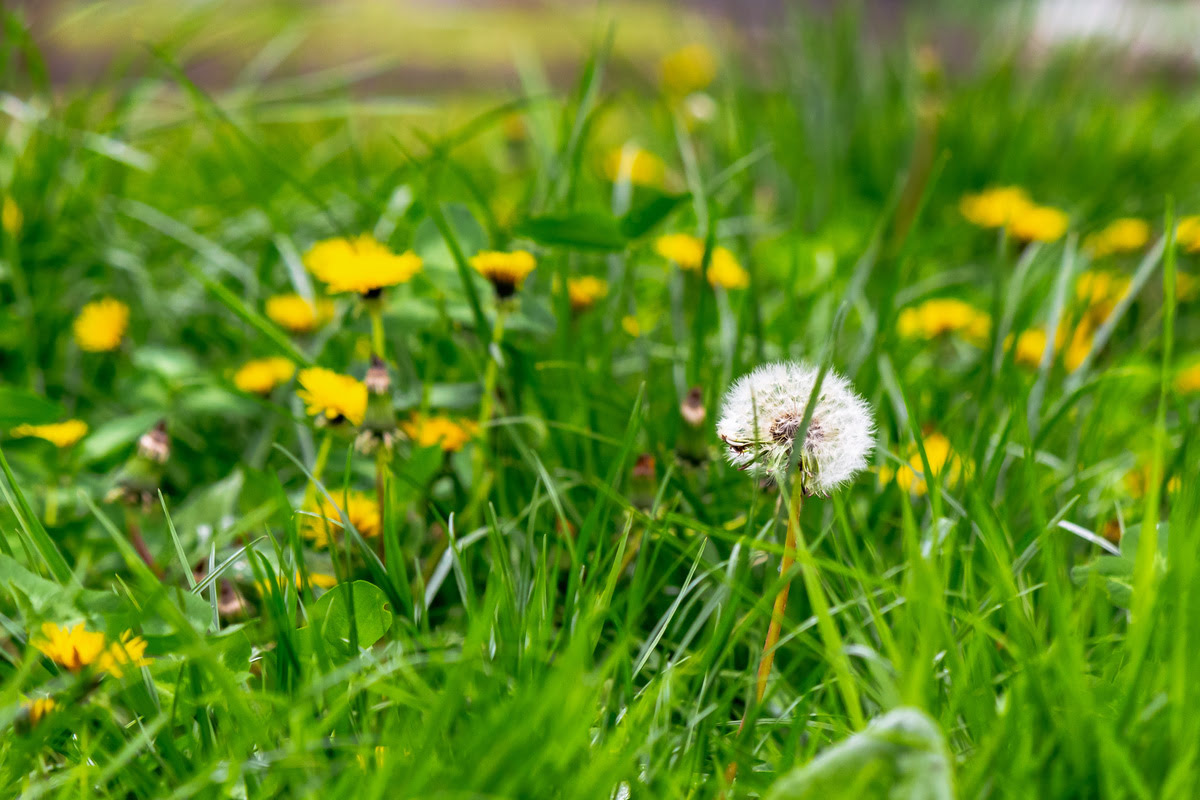
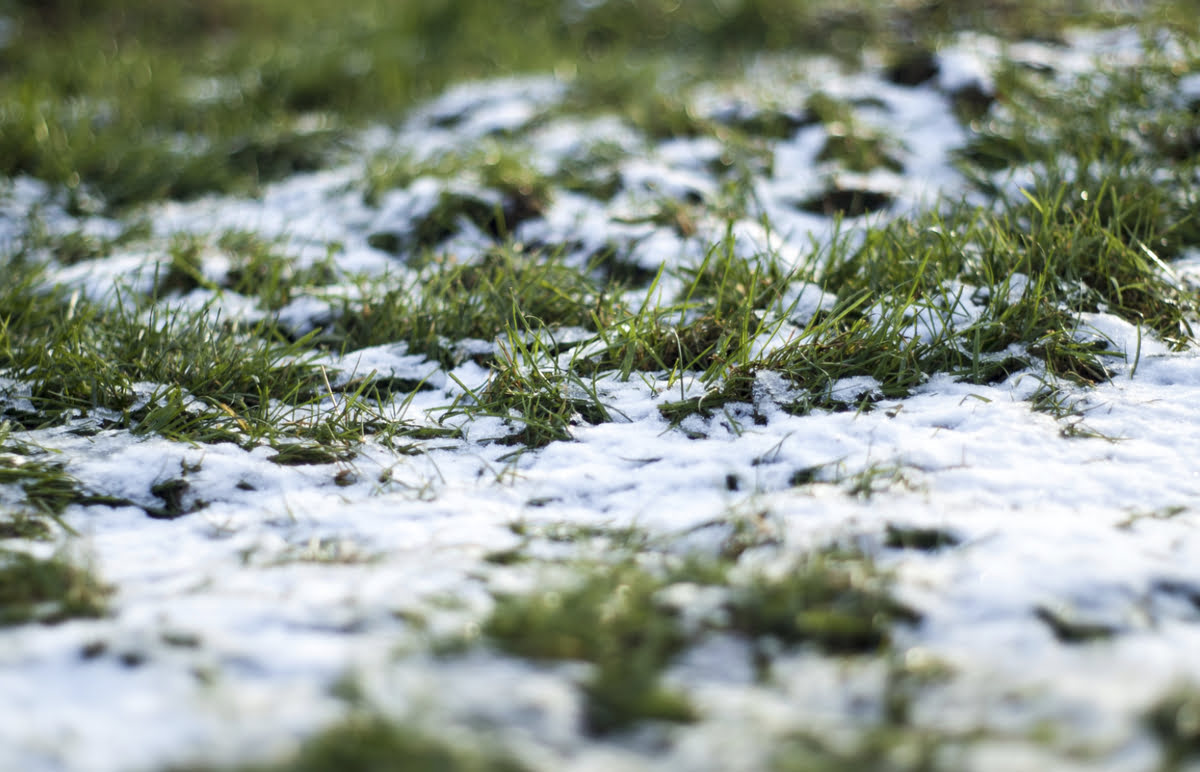

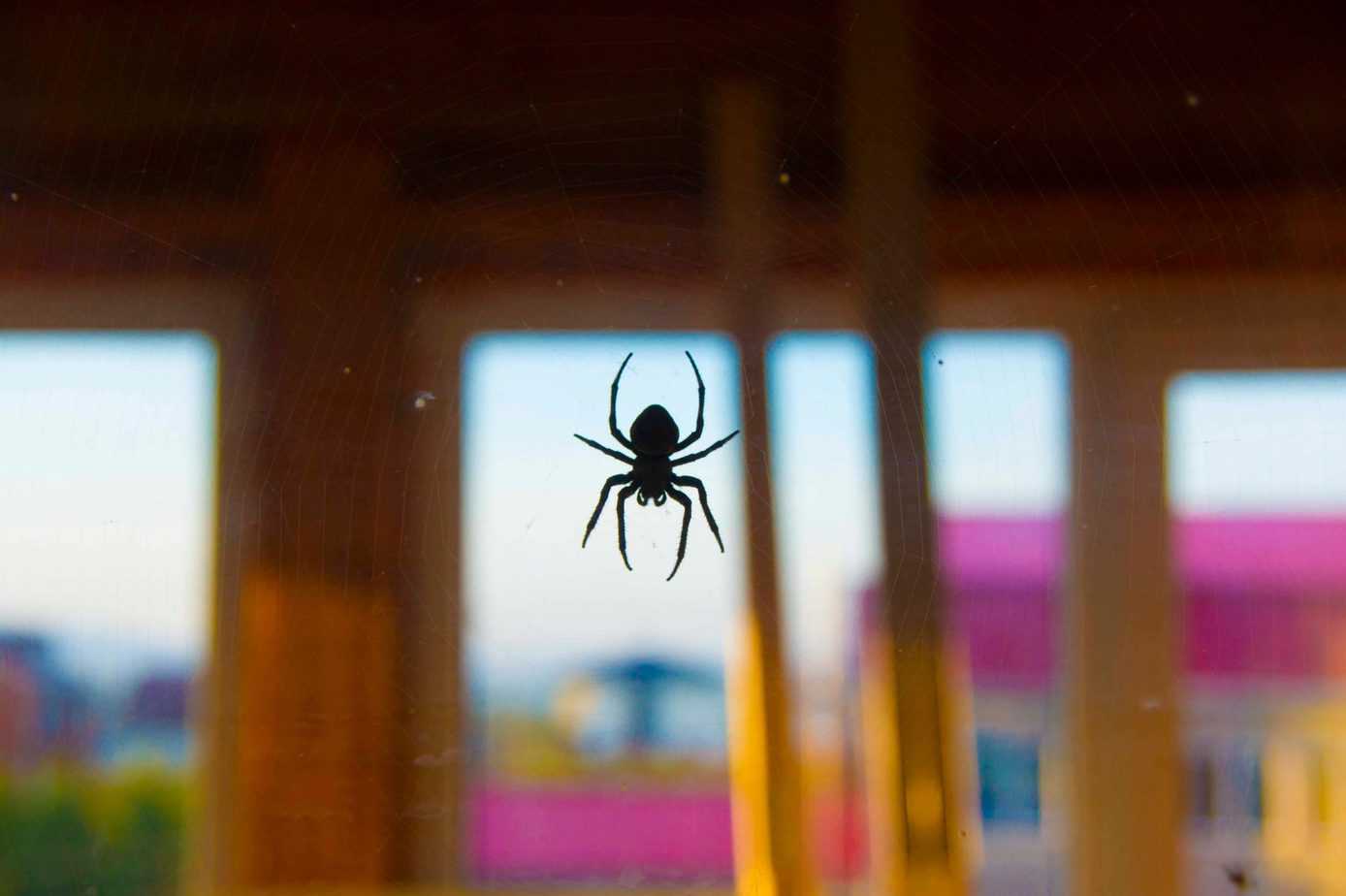
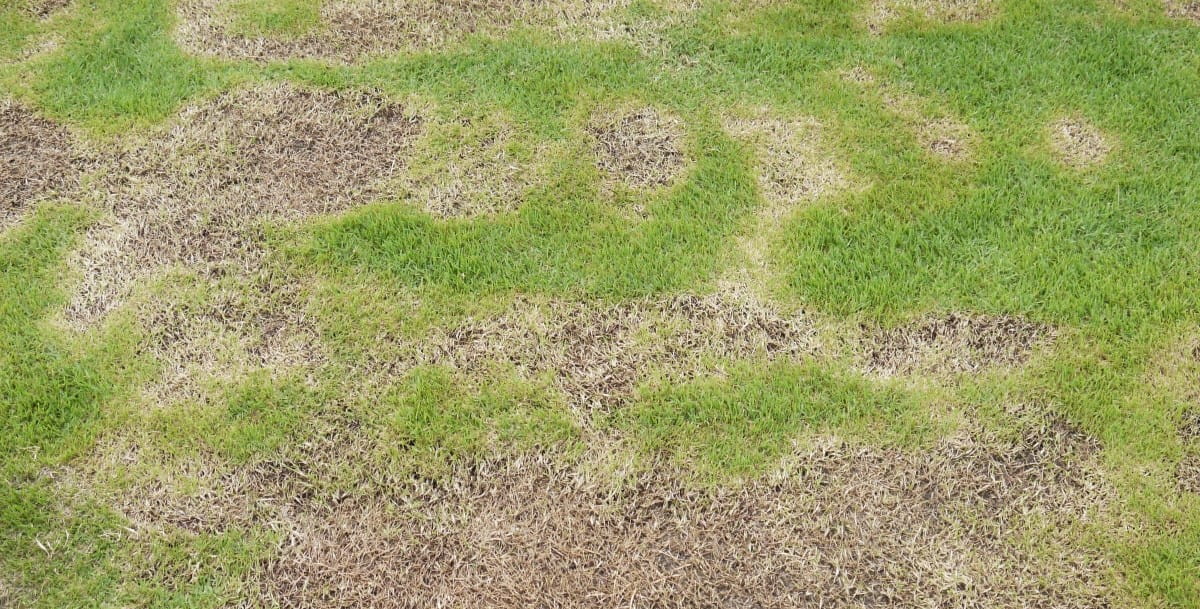
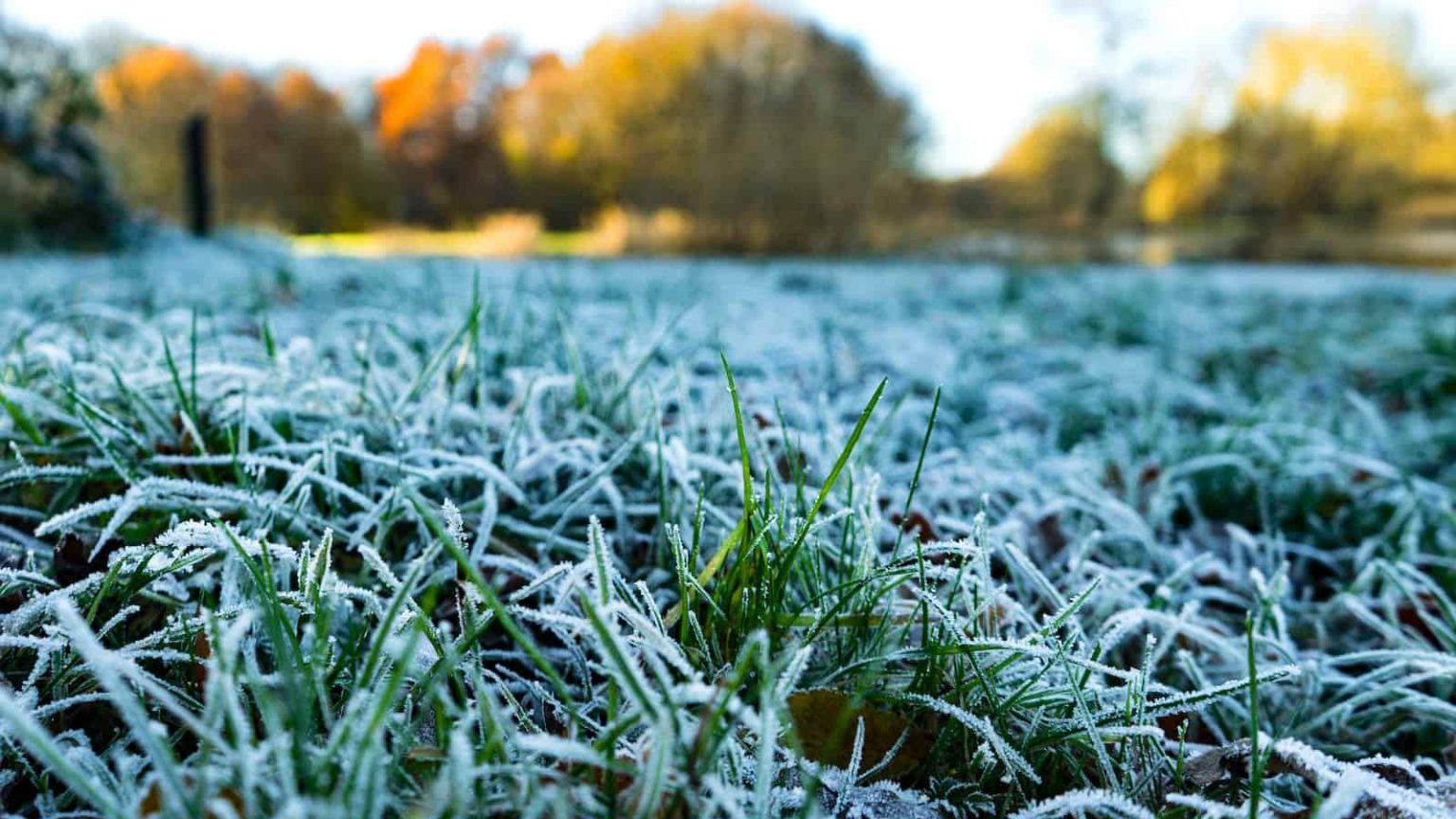
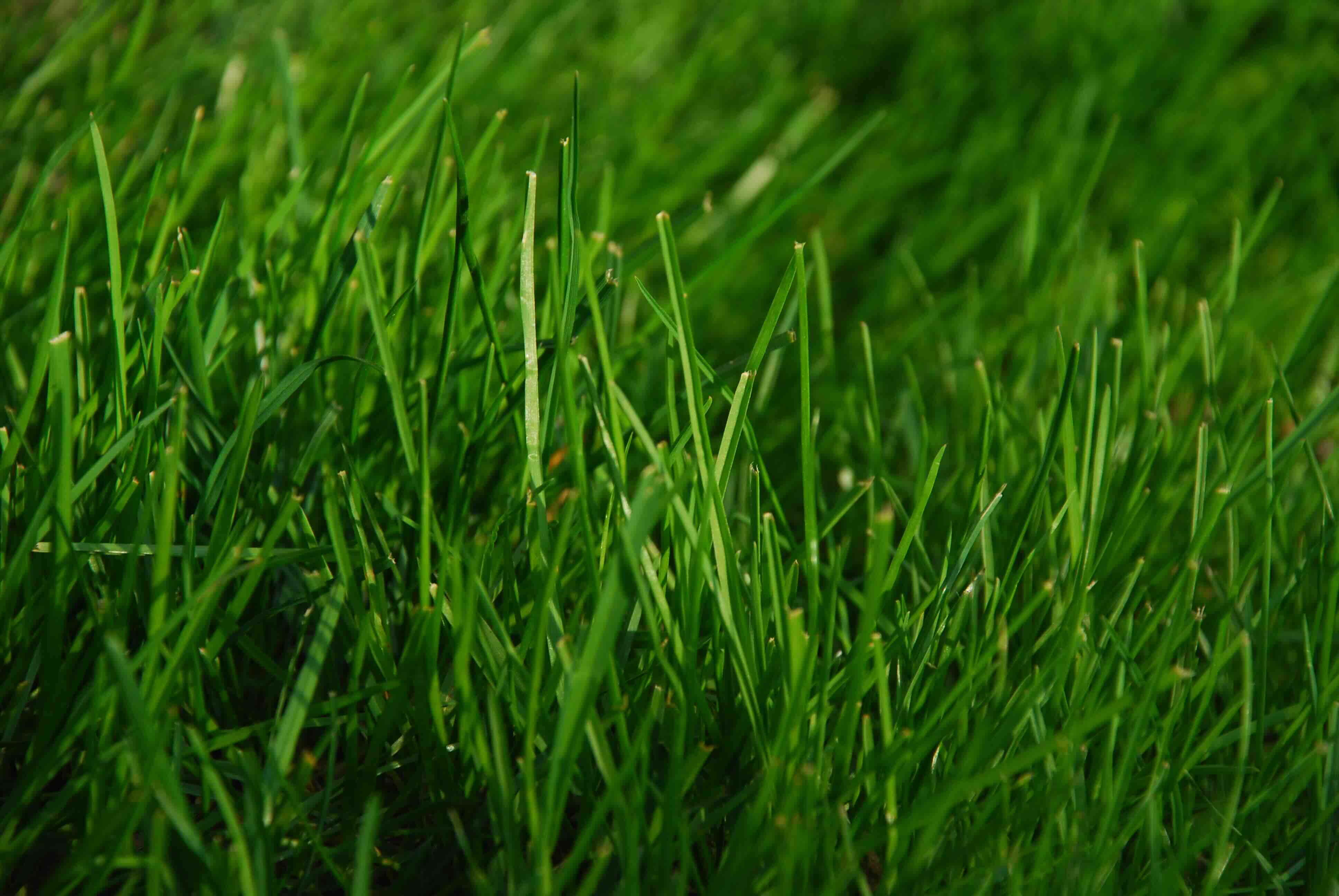
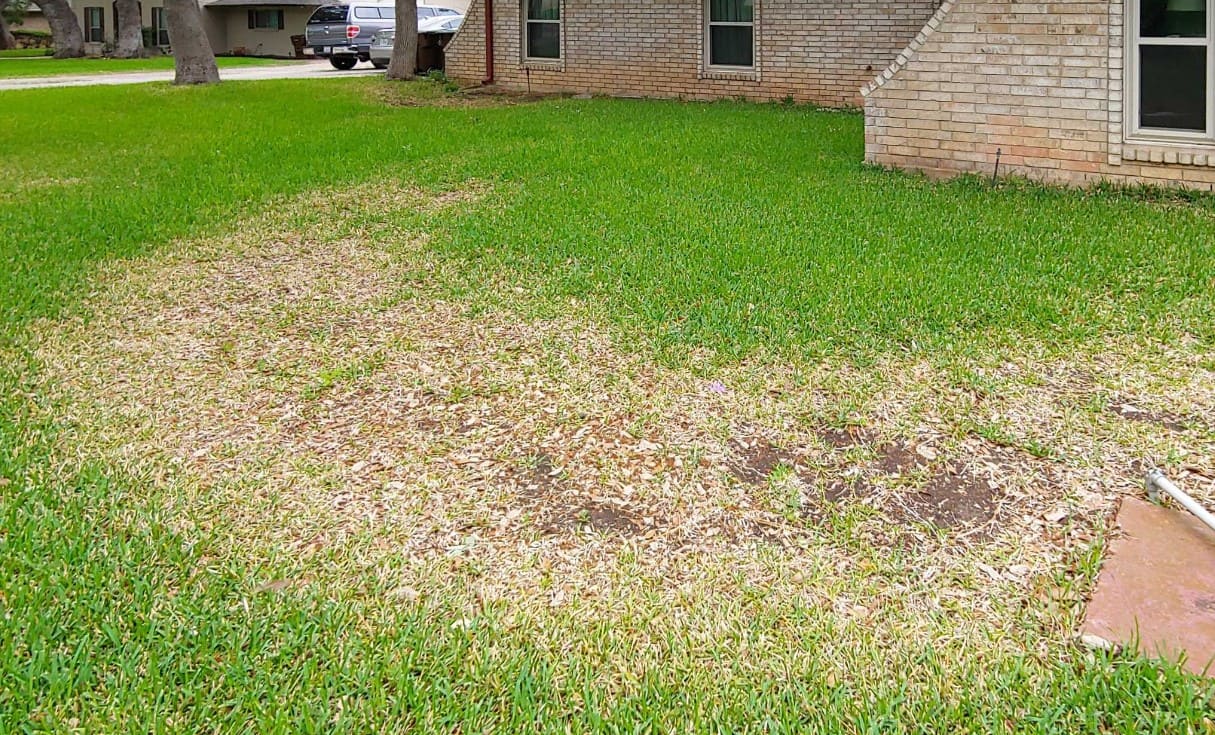
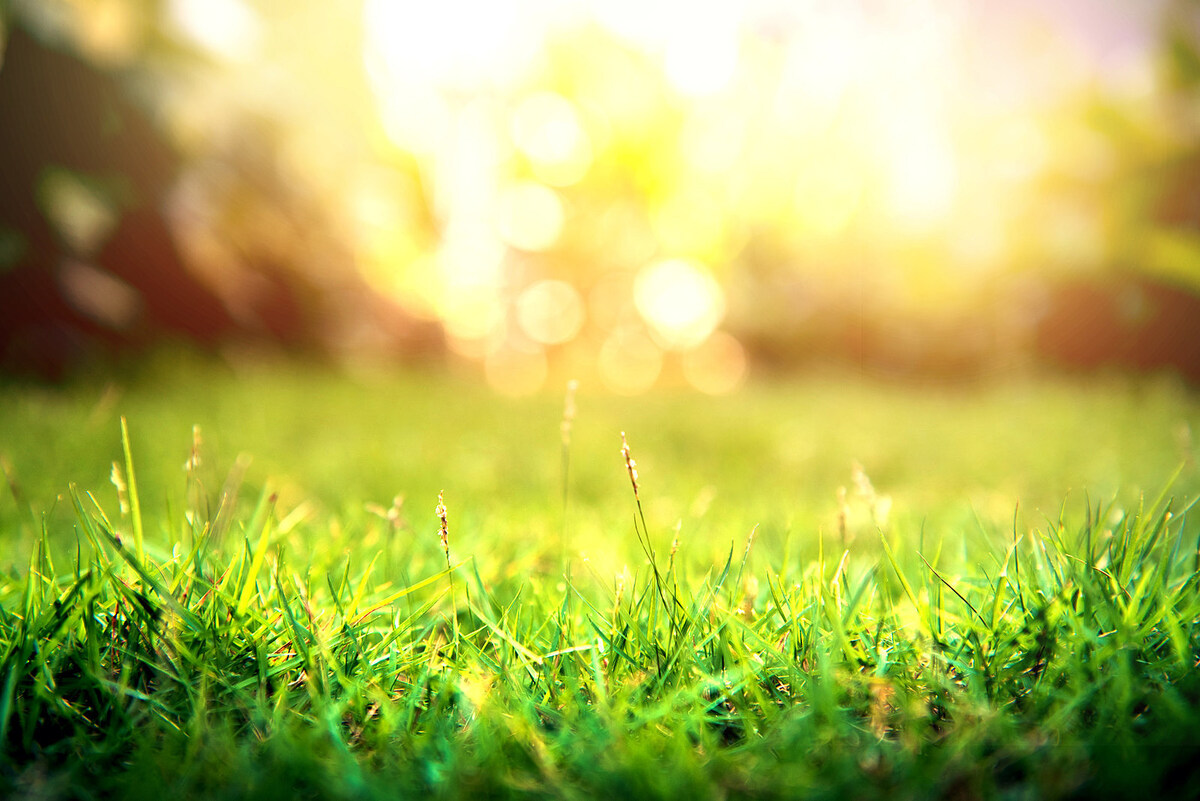
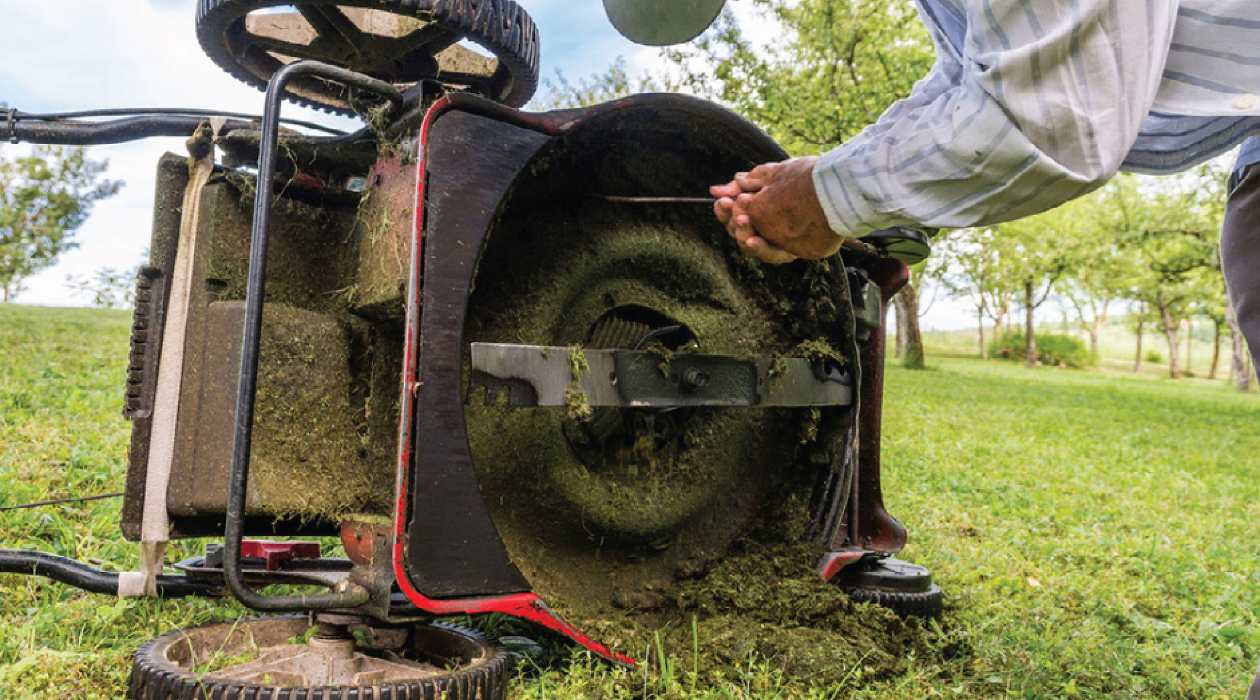
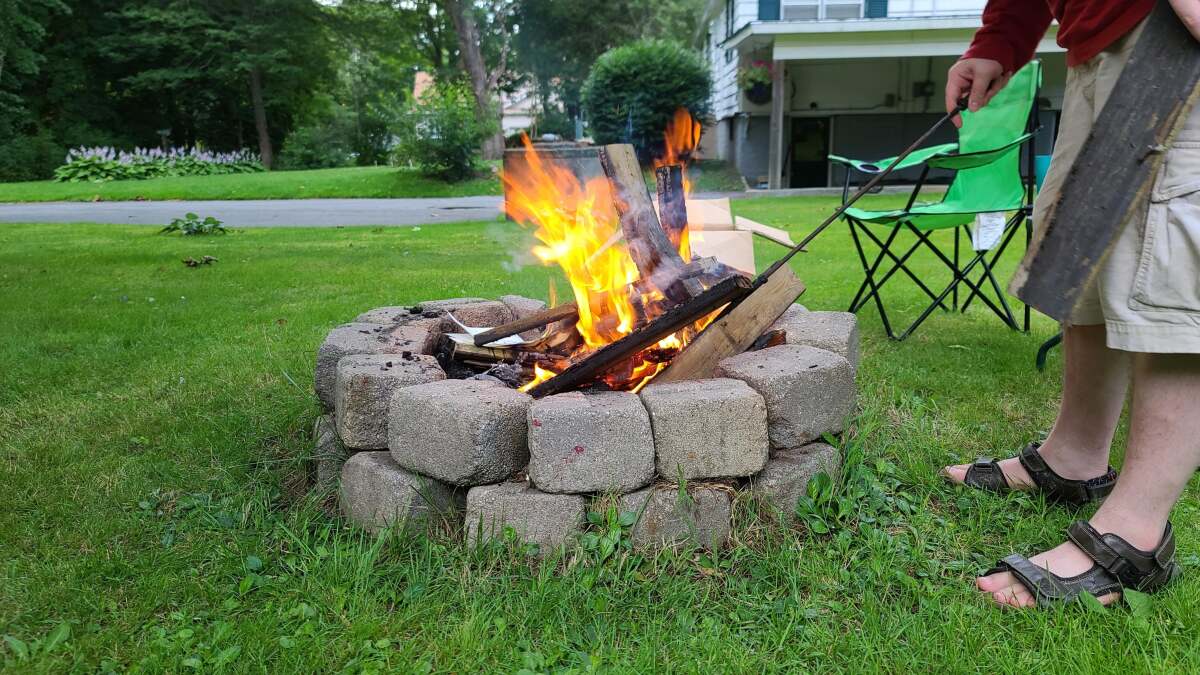
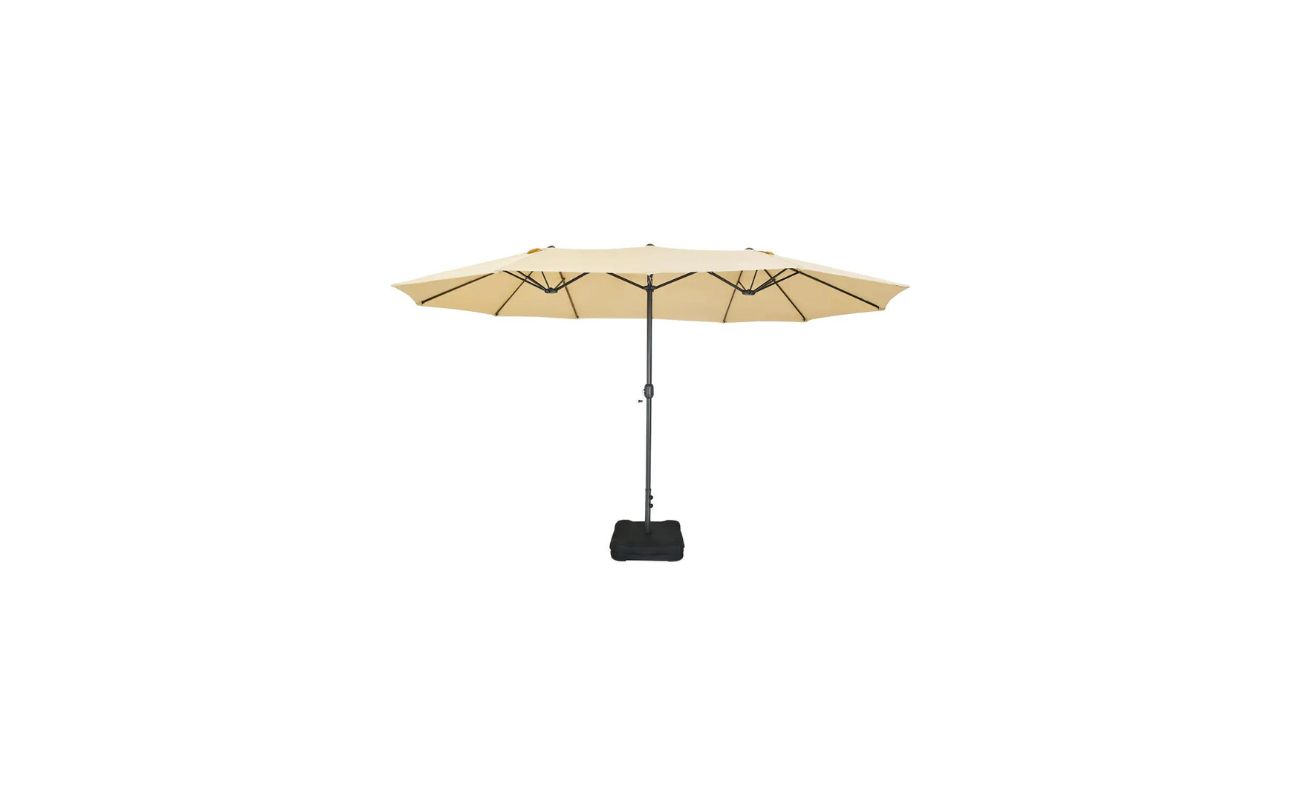

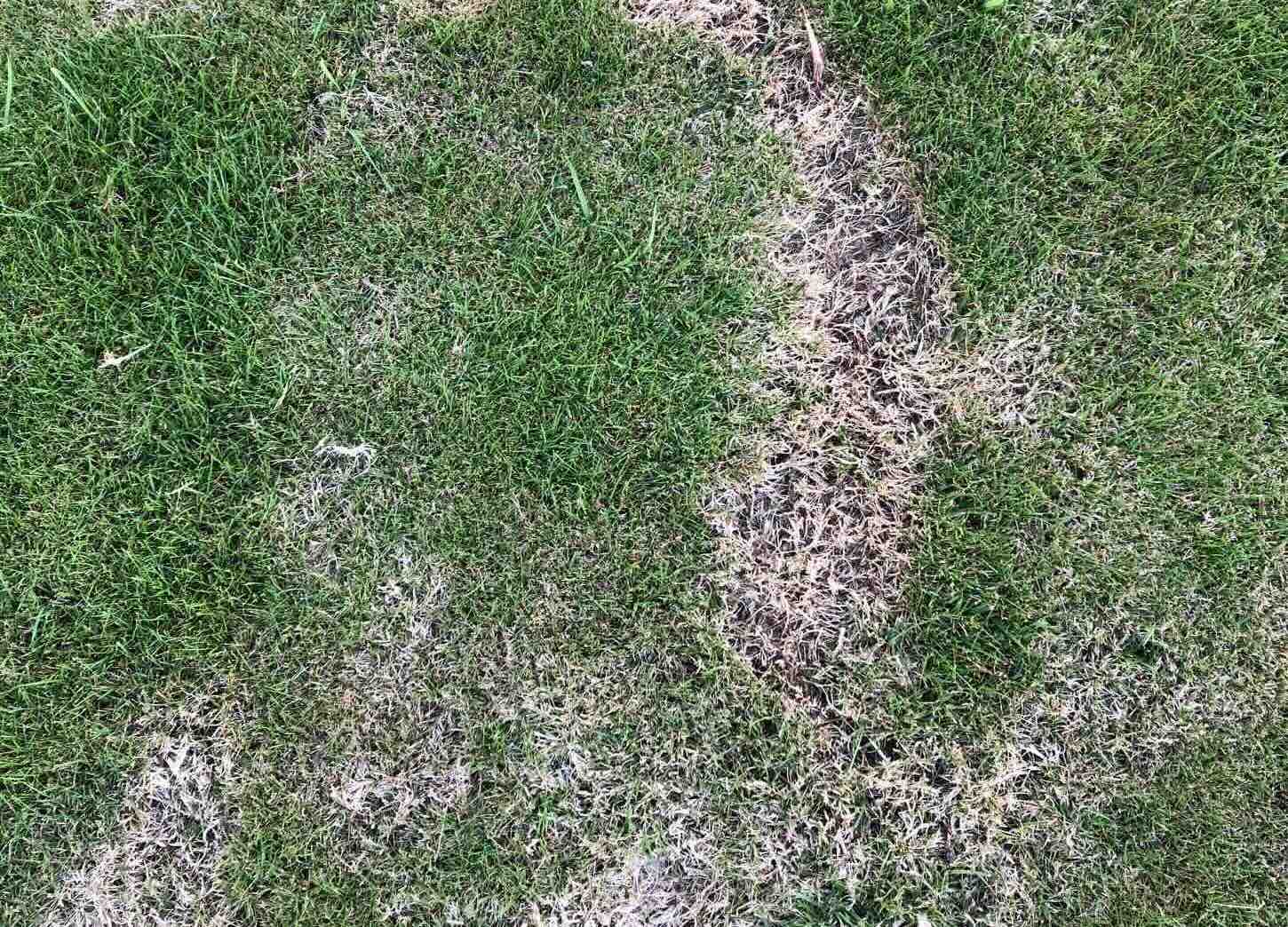

0 thoughts on “How To Keep Grass From Dying In Heat”